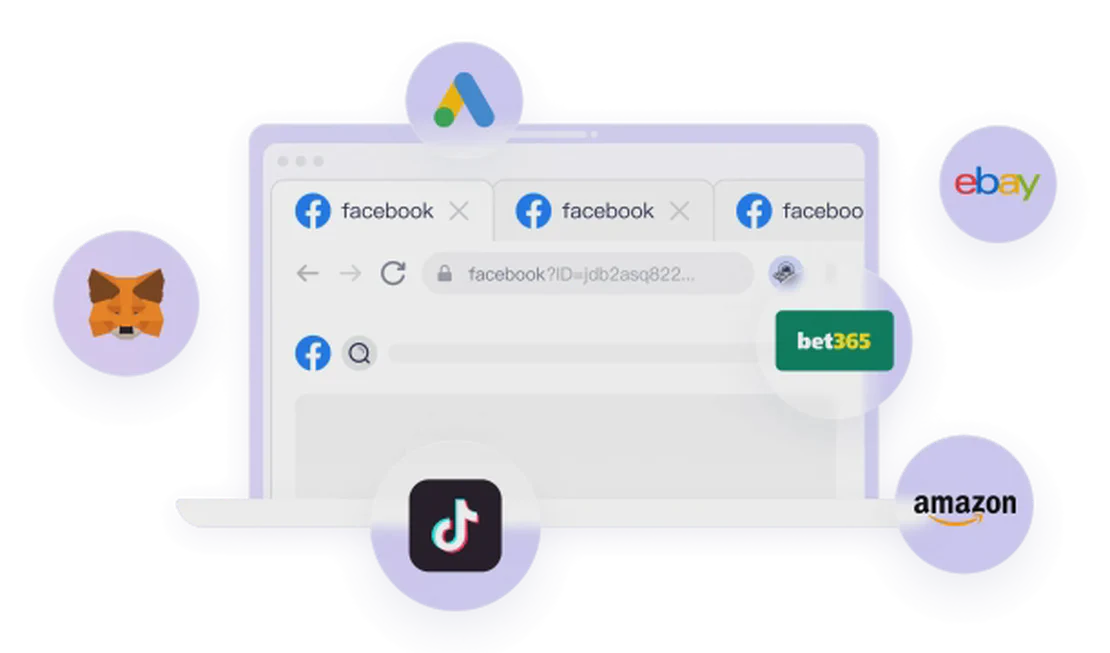10 Questions and Answers on Browser TLS/SSL Support
This guide will walk you through 10 questions to help you understand what TLS is, why it’s crucial, and how to use this tool to check your browser’s security configuration.
1. What does this TLS test tool do?
This tool detects and displays in real-time the TLS/SSL protocol versions, cipher suites, elliptic curves, and other features related to secure connections that your current browser supports. It helps you understand your browser’s capabilities and security level when establishing encrypted communications.
2. What is TLS/SSL?
TLS (Transport Layer Security) and its predecessor SSL (Secure Sockets Layer) are cryptographic protocols designed to provide secure, encrypted connections between a client (like your browser) and a server on the internet. The “padlock” icon you see in your browser’s address bar signifies that TLS/SSL is in use.
3. Why is TLS important for daily browsing?
When you visit websites, especially when entering sensitive data like passwords or credit card information, TLS ensures that this data is encrypted during transit, preventing eavesdropping or tampering by third parties. It is the cornerstone of online security and privacy.
4. What’s the difference between TLS 1.3, 1.2, and 1.0?
These are different versions of the TLS protocol. A higher version number generally means stronger security and better performance. TLS 1.0 and 1.1 have been proven to have serious security vulnerabilities and have been deprecated by major browsers and websites. TLS 1.2 is the current standard, while TLS 1.3 is the newest, more secure, and faster version.
5. What are the “Cipher Suites” shown in the results?
A cipher suite is a set of algorithms used to negotiate a secure connection. It defines the specific algorithms used for key exchange, bulk encryption, and message authentication. A strong combination of cipher suites is key to ensuring a secure connection.
6. Do these test results reflect the security of the website or my browser?
This tool tests your browser. It shows which security protocols and algorithms your browser is capable of supporting when communicating with a server. A modern and up-to-date browser will support more secure and efficient protocols.
7. My browser doesn’t support the latest TLS version. Is that dangerous?
Yes. If your browser only supports outdated versions like TLS 1.0/1.1, you may encounter connection errors when visiting modern websites. More importantly, you are more vulnerable to known cyberattacks, such as the POODLE attack.
8. How can I fix it if my browser has poor TLS support?
The simplest and most effective solution is to update your browser to the latest version. Browser developers continuously fix security vulnerabilities, add support for new protocols (like TLS 1.3), and remove insecure old ones in new releases.
9. What is SNI (Server Name Indication) mentioned in the tool?
SNI (Server Name Indication) is a TLS extension that allows the client to indicate which hostname it is attempting to connect to at the start of the handshake process. This is critical for servers that host multiple HTTPS websites on a single IP address and is a foundational technology of the modern web.
10. Does a good TLS score mean I’m completely secure online?
Not entirely. Strong TLS protects your data in transit, but it doesn’t protect your digital identity. Websites can still identify and track you through browser fingerprinting (collecting information about your system, fonts, resolution, etc.), even over an encrypted connection.
After Securing Data in Transit, How Do You Secure Your Identity?
As mentioned, TLS/SSL secures the data stream between you and a website, like a secure “data tunnel.” However, inside this tunnel, the website can still clearly see “who you are.” They identify you by analyzing your unique browser environment, also known as a browser fingerprint. When you manage multiple accounts on the same computer, these accounts can be easily linked by platforms due to their identical fingerprints, creating risks.
To address this deeper privacy issue, you need FlashID.
FlashID is a professional fingerprint browser whose core function is to create a completely isolated and unique fingerprint environment for each browser profile. This means you can log in and operate countless accounts on the same device, and to the target website, each account appears to be coming from a completely different, real physical device. This fundamentally severs the links between your accounts, providing a solid barrier for your online marketing, e-commerce operations, and personal privacy protection.
You May Also Like
